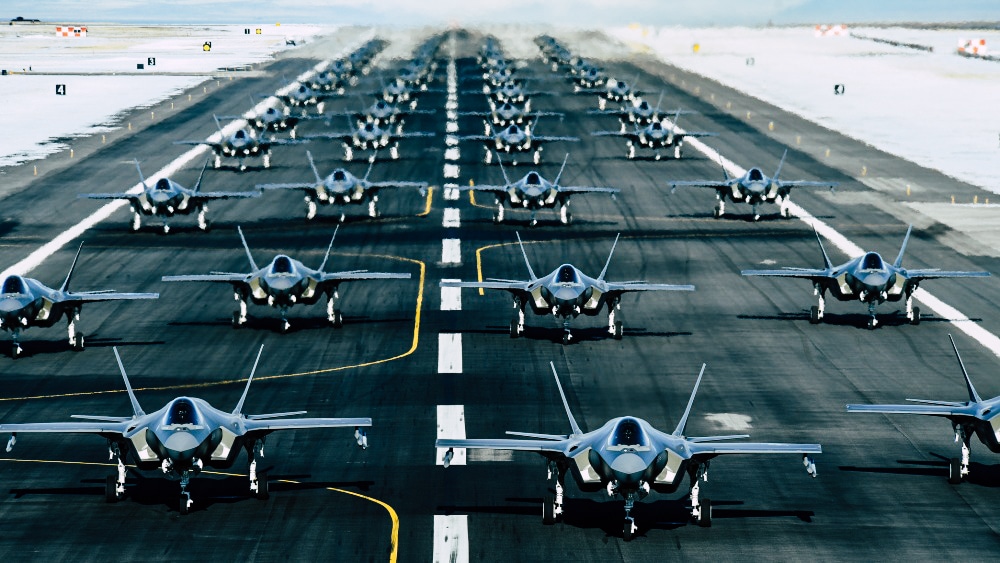Earlier this week, Hill Air Force Base in Utah was the scene of the largest stealth fighter elephant walk in history, with 52 Lockheed Martin F-35A Joint Strike Fighters lining up on the airstrip to launch one by one in rapid sorties.
The phrase “elephant walk” is a longstanding Air Force term that really just means lining a large number of aircraft up on the tarmac and then launching them with the minimal interval of time between each takeoff. Tactically speaking, this sort of drill is meant to train pilots for the type of situation that might call for a massive air response (or the dire need to get aircraft out of the way of inbound missile strikes), but the truth of the matter is, these events are really a bit more about the spectacle than they are about the training.
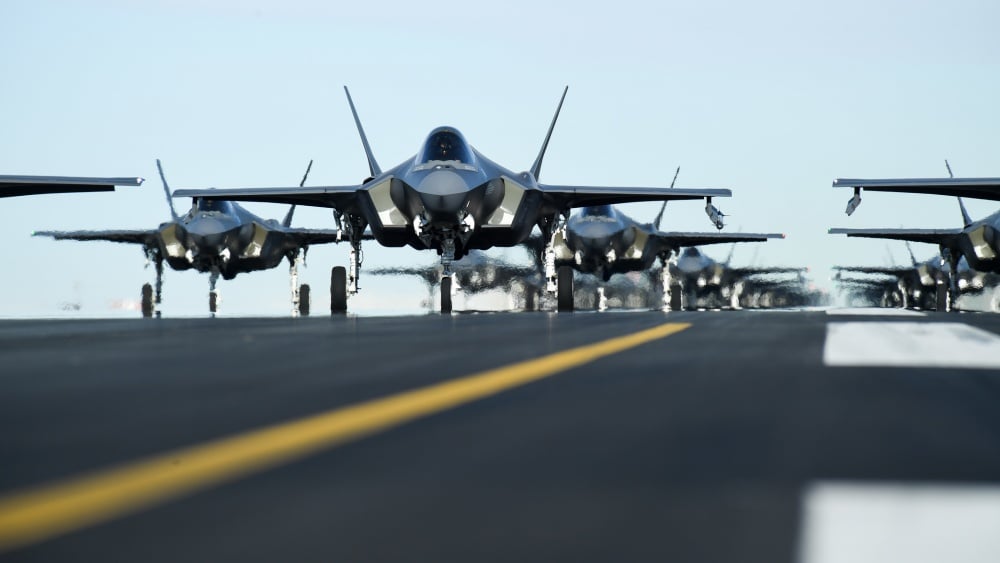
This massive display of air power was certainly meant to show off, but it also shines a light on one of the biggest differences between America’s fifth generation fighter fleets and those maintained by China and Russia—both of whom have developed their own stealth fighter platforms in recent years. Fighters are considered “fifth-generation” when they’re designed from the ground up for stealth, and while there are other “fifth generation” requirements, it’s the ability to evade detection that tends to be the most cited defining characteristic of the generation.
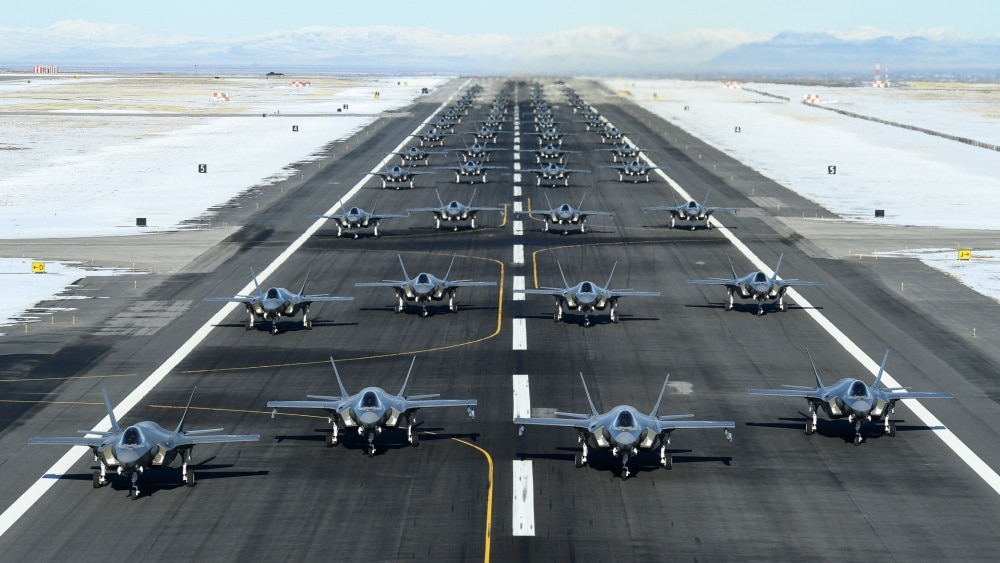
The F-35 Joint Strike Fighter is often compared directly to China’s Chengdu J-20 and Russia’s Sukhoi Su-57, but there’s no arguing that America’s fleet of stealth fighters is significantly larger than those maintained in foreign hangars. Russia’s troubled Su-57 program has produced only a dozen or so flyable prototypes. Su-57 serial production did begin last year, but before the Russian military could take delivery, the first fighter produced by the line crashed just seconds after take off late last month—setting the Russian program back yet again.
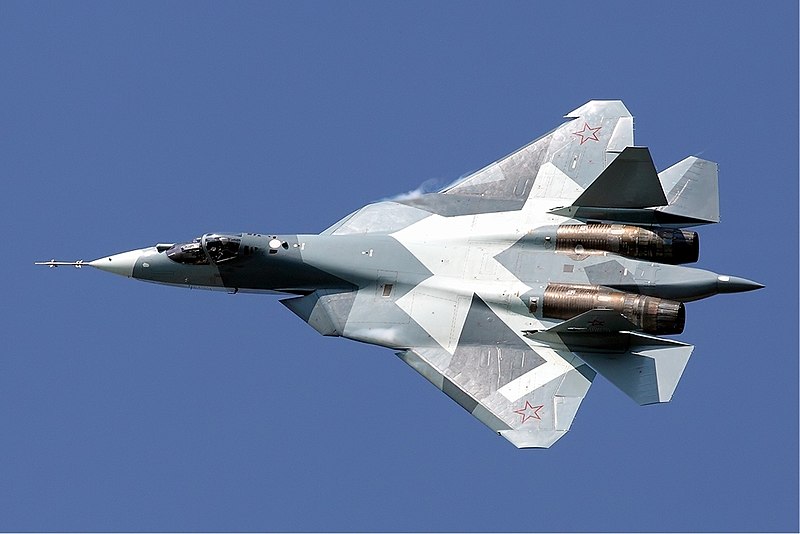
China’s J-20 is actually largely based on stolen plans for America’s own F-22 Raptor, and is believed to have better stealth capabilities than Russia’s competitor. However, China too has struggled with production of their advanced jet. Today, only 20 or so are in operation, and none of them have the powerful engines they are intended to run. Difficulties with their engine program have forced the Chinese to instead run less efficient Russian engines in their new top-of-the-line fighters.
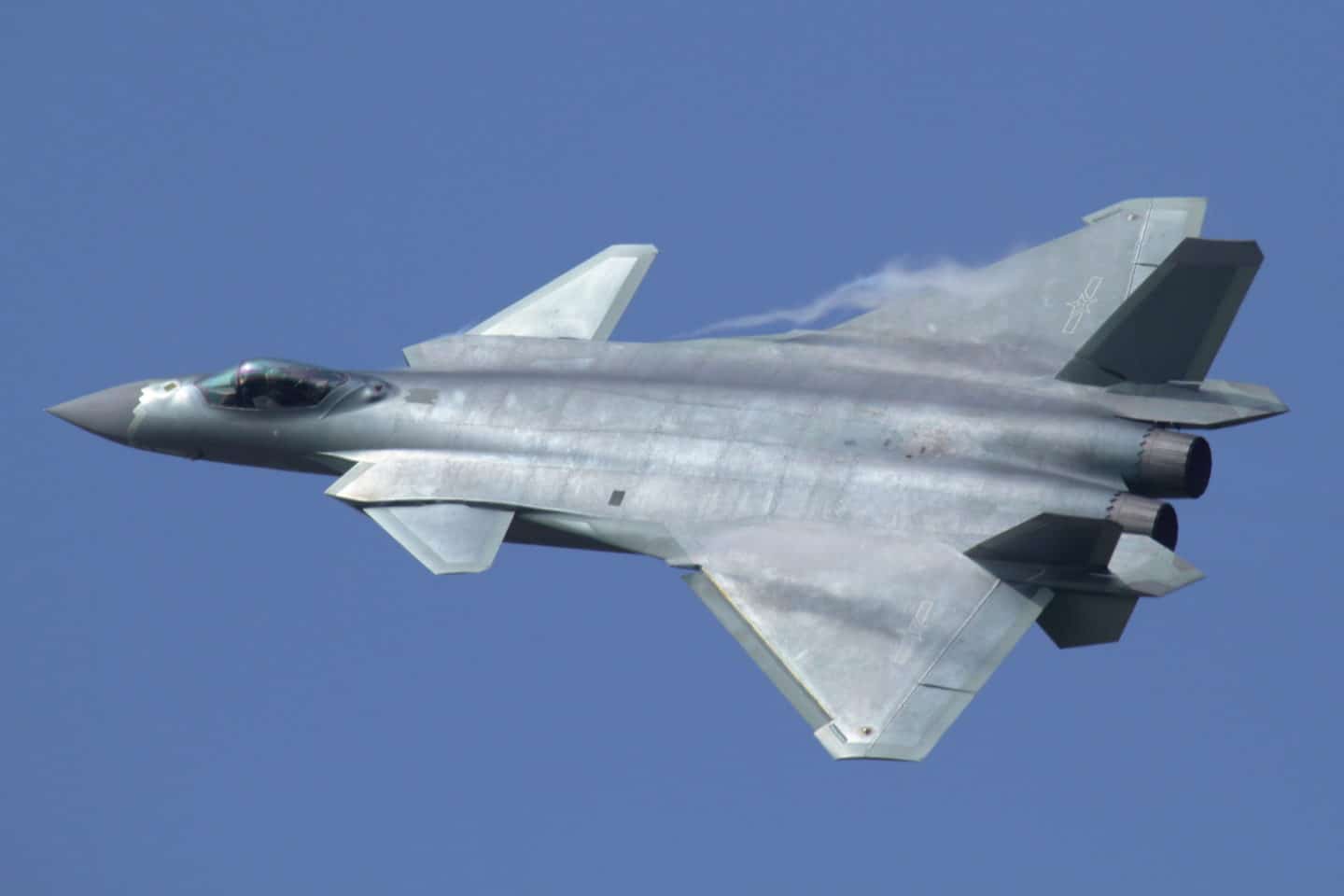
And then there’s the United States, which maintains multiple fleets of fifth generation fighters and variants. The venerable F-22 Raptor, the world’s first stealth fighter, is considered to be the most capable air superiority fighter on the planet, though production was stopped after only 180 or so of the jets could be built. The F-35, however, continues production in three variants, and the U.S. expects to take delivery of more than 2,000 of them before its production run comes to a close.
So while China and Russia may have somewhat comparable fighters, America still maintains a massive advantage in this realm. There are few better ways to show that off than by putting 52 of these exceedingly rare fighters on the tarmac at once — knowing well that even if Russia and China put their entire stealth fleets together, they couldn’t match this single display of air power.
The Air Force has yet to release footage of this week’s display, but you can watch footage from a smaller F-35 elephant walk that took place at the same air base last year below.
Feature image courtesy of R. Nial Bradshaw, U.S. Air Force
